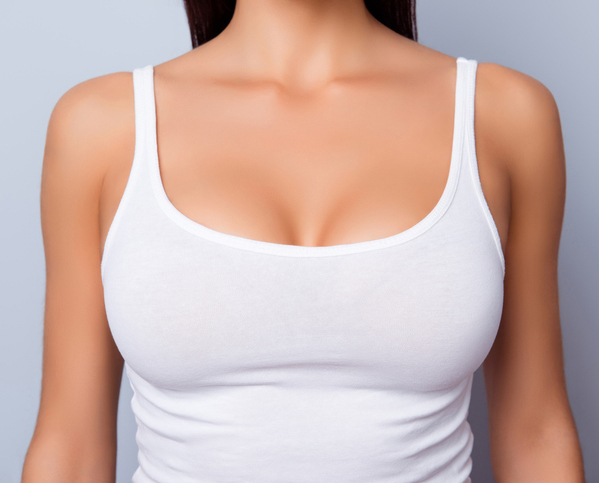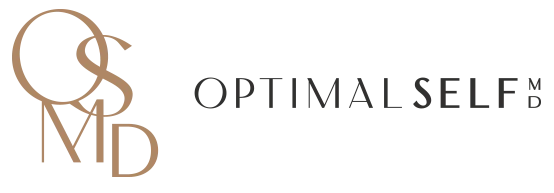
Using breast implants is still the most common method of breast augmentation or enhancement in the US. I am very comfortable discussing with and using breast implants for my patients (these are smooth-shelled, gummy bear cohesive silicone implants). As a board-certified plastic surgeon, I make sure that the patient is fully informed about the benefits, risks, and potential complications of using breast implants according to our American Society of Plastic Surgeons and FDA standards.
However, what are some options if a patient has decided to have their old breast implants removed? Or, what alternatives are there if someone wants to consider enhancing their breasts without using implants in the first place?
There are options.
Existing Implants
For patients with existing implants, we discuss the history, age and type of the implant; how the implants where placed and what issues they are having. If the patient is over 40 years old, we require patients to have up-to-date breast imaging (mammogram or MRI) to assess the condition of the implants and the breast tissue for any abnormalities or masses which may need to be addressed prior to further surgery.
Bringing the “implant card” (typically given to the patient near the time of their initial surgery) can help me understand the size, shape, and type of implant present. The FDA now mandates that this information be recorded, accessible, and available to all patients with implants. (There are unique serial numbers on every breast implant placed in patient now.). Not every patient may have been given nor may be able to find their implant cards if the implants were placed several years ago.
During this consultation process, an exam helps me decide the size and shape of the breast, and how much sagging (ptosis) the breast has, particularly helping me predict what will happen to the breast tissue once the implant is removed.
We then discuss the removal of the implant and perhaps the capsule (or scar tissue encasing the implant). Generally, patients that have had implants in for a long period of time will have some stretching of the breast tissue which needs to be corrected with a breast lift (or mastopexy). Mastopexy scars are typically more extensive than the scars from the initial implant placement. These scar will vary based on the amount of breast tissue the patient has, the structure, firmness, or density of that breast tissue, the size of the breast implant with relation to the size of the natural breast tissue, among other factors.
We then discuss the possibility of doing fat grafting to help supplement the breast tissue with fat from your own body. While not a substitute for breast implants, fat grafting can improve the overall look and feel of the breast. (See the detail description of fat grafting below.)
A full, comprehensive consultation is the first step in understanding what may be done to remove your implants and improve your overall breast shape!
Breast Surgery Without Implants
If patients are considering changing the shape and size of the their breasts, there are alternatives to breast implants.
Specifically, if a patient has some droopiness (ptosis) of the breast tissue, then a mastopexy or breast lift may be a great option. While this surgery is sometimes performed in conjunction with breast implants, it is also a very good option as a stand-alone surgery. This is particularly useful surgery if you feel like you have enough breast tissue, but it just is too low or saggy.
Mastopexy helps shape the breast and the nipple-areola complex (NAC) higher on the chest wall. Scars vary depending on the amount of “lift” and “shaping” that needs to be done. Also, if one breast is larger than the other, then a small amount of breast tissue can be removed to help improve symmetry. If the breast have too much volume or size, then variable amounts of breast tissue can be removed to make the breast smaller at the same time as lifting the breast tissue and NAC into a more aesthetically pleasing position.
Fat grafting is another way to augment the breast – either by itself or in conjunction with a breast lift. By doing liposuction on areas of excess fat, I can transfer that into the breast to fill in areas that are smaller or have a contour difference. (See the detailed discussion of fat grafting below)
Again, a full consultation, exam and discussion in person is only way to make sure you are getting the information you need to make a decision, based on your unique situation and expectations.
What is Fat Grafting?
Fat grafting, also known as fat transfer or lipofilling, is an alternative approach to breast augmentation that uses a person’s own body fat to enhance the size and shape of their breasts. The procedure involves two main steps:
- Liposuction: Excess fat is harvested from areas of the body with surplus fat, such as the thighs, abdomen, or back.
- Fat Injection: The harvested fat is then processed by washing it with saline and purified before being injected into the breasts to achieve the desired augmentation or supplementation.
Fat grafting can be a viable option for individuals looking for a more natural way to enhance their breasts without using implants or on the removal of breast implants. Fat grafting can to done on it’s own or in conjunction with a breast lift (mastopexy). However, it’s essential to consult with a qualified plastic surgeon to determine if you are a suitable candidate for this procedure and to discuss the potential risks and benefits.
